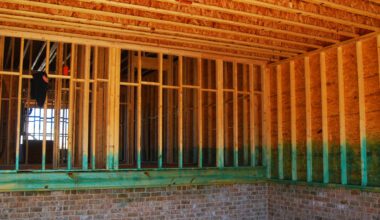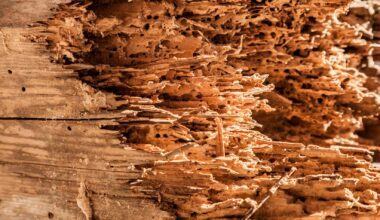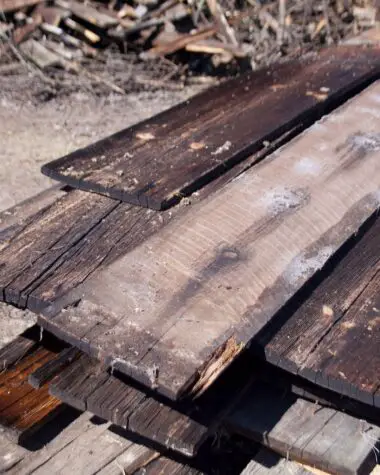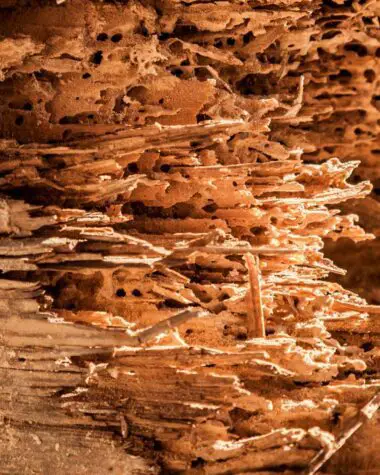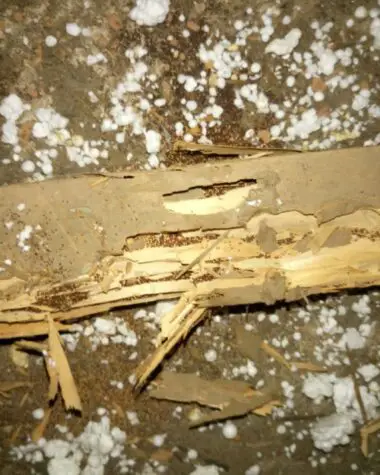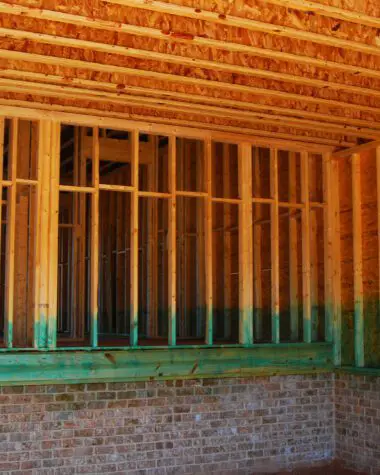Building or buying a house is a huge investment. That’s why we always wanted to keep our home cozy, appealing, and, most importantly, pest-free. Wood infestation is a major problem for homeowners caused by wood-destroying insects such as termites, carpenter ants, wood-boring beetles, and other critters.
Proper treatment of wood, especially in wood furniture, is the first step in keeping pests at bay. Treated wood can last longer, and most importantly, it adds protection against pests and hazardous conditions. There are various methods that you can try to prevent pests from invading.
Additionally, wood restoration is a process or method of restoring your wooden structure and furniture using wood-restoration techniques. It involves the use of chemicals and other natural ways. Here, we put together the most effective and easiest way to treat and restore infested wood.
Wood Preservation and Treatment
There are two ways to treat and preserve wood: pressure and non-pressure treatment. Let’s explore these treatments to better understand its benefit, effectiveness, and how they can help to prevent pests from taking over.
Pressure Treatment
Pressure treatment is the process of placing the wood in an airtight steel cylinder and soaked in a formulated wood preservative. As the pressure increases, the preservative will drive through the core of the wood, covering all layers with chemicals. There are two ways how to do it: Full cell and Empty cell process.
Full Cell Process is the process of removing air from the wood using a vacuum to absorb more preservatives as possible. Then, a heated preservative will enter the steel cylinder to immerse the wood. Pressure is applied to ensure that the preservative will absorb and enter every layer of the wood.
Empty-Cell Process is a deep penetration method with low retention of preservatives. The wood inside the cylinder is subject to pressure to remove excess air. After that, the preservative is placed into the cylinder to immerse the wood, and pressure is increased to force the preservative into the wood.
Non-Pressure Treatment
Non-pressure treatment is a process of treating wood without the use of pressure. It includes traditional methods such as brushing, spraying, dipping, and cold-soaking the woods into the preservatives. It requires less process and hard work and can be an ideal solution if protection is not really required.
Cold soaking begins with filling up a tank with preservatives. Then the wood is soaked in the tank for several days. This method is the most effective way in a non-pressure process. The wood can absorb the chemicals after soaking it for days.
It is the process of immersing wood in the preservatives for several minutes. The perspective can enter cracks and tiny holes in the wood to penetrate the internal parts, but it does not offer total protection against termites and wood insects.
A preservative solution must cover every side to fill cracks and depressions in the wood. It may require gallons of preservatives to fully immerse the wood with preservatives. After it dries out, a second application can be done to ensure full penetration. This process can last up to one to five years.
Wood Treatment Pros and Cons
Wood treatment is an efficient way to prolong the lifespan of the wood. But, there are advantages and disadvantages to consider.
Treated wood can last for a long time. It can eliminate wood pests and survive other forms of destruction like water and weather. On the other hand, treating wood can be very expensive, and the process can last for weeks.
Tips For Wood Damage and Restoration
Discovering a termite colony in your house can cause panic and distress. Termites are one of the major causes of structural damage and wood rot. Luckily it can be prevented in so many ways.
Since wood is almost 50 percent cellulose and contains 90 percent fiber cotton, it is a perfect food source for most insects. Moreover, insects love wood because of its natural structure, ideal shelter, and safety that it provides.
Here are proven effective tips and easy-to-follow guides to restore your infestation-damage wood.
Wood-Infested Spot
Termites and most insects like to build their community in dark, moist, and humid rooms and spots. Attics, basements, windowsills, under sinks, thresholds, steps, stairways, wood siding, decks, eaves, and fences are ideal key areas for termites and other critters to nest.
Wood-Infested Signs
Decaying and discolored wood is the most recognizable sign of wood infestation. Termite trails, brownish powdery wood residue, and dead termites are the most visible signs that your wood is infested.
To check if the wood is infested by pests, first remove the decaying wood with a chisel. Then upon inspection, identify the kind of pests that are destroying your wood for proper treatment.
Wood-Infested Solutions
Filled the gaps of damaged wood by using a hardener. When the wood hardener is completely dried, use sandpaper to polish the surface and smoothen out the surface. If the wood damage is severe with deep hollows, use a wood filler instead. If the damage is extremely severe, then a wood replacement is recommended.
Check these spots once or twice a month to prevent a pest invasion. Regular inspection of your house is a key element in protecting your home from wood-destroying insects. You can use commercial or natural remedies to stop a wood infestation.
Wood Restoration Pros and Cons
Whatever we do in our lives, there are always advantages and disadvantages. It’s part of every decision, method, and plan. It is a way to measure the effectiveness of a certain process, for example, in wood restoration.
Longevity is one of the best advantages of wood restoration. With proper restoration, wood can last for another decade and can withstand any weather condition. For example, it can save money instead of buying new wooden furniture.
Scientifically, wood restoration can reduce the impact of carbon on the environment. It can take 1000 times more carbon monoxide to create new furniture, and restoration can lessen deforestation.
One of the disadvantages of wood restoration is that it can be risky and harmful to our health. Most wood preservatives contain toxic solutions that can cause health problems such as skin and eye irritation, respiratory problems, and allergic reactions.
Pentachlorophenol, arsenic, and creosote are the most common ingredients of wood preservatives. These chemicals are labeled carcinogens and can be detrimental to our health.
Also, wood treatment using chemicals can cost many dollars and take a long time to finish. Additionally, it can change the natural coloration of the wood. It may be darker and problematic if you want a more organic and natural color.
Conclusion
Wood Restoration and Treatment can be done in so many methods. Understanding its benefits, usage, advantages, and disadvantages is crucial before embarking on a restoration and treatment project. With that, you can avoid failures and further wood damage.
So before constructing your house, make sure to research and study wood infestation and its best solution. You can also find hundreds of ways to restore reclaimed wood online. Reclaimed woods are becoming popular with furniture and home design. It adds a rustic appeal and a cozy vibe to any home.

